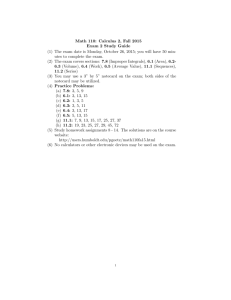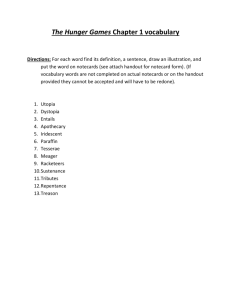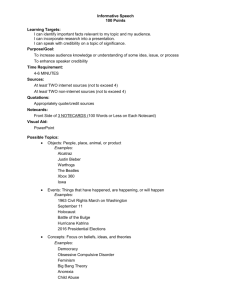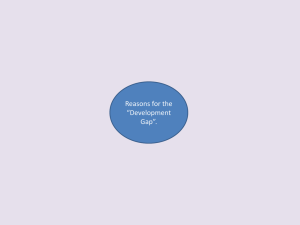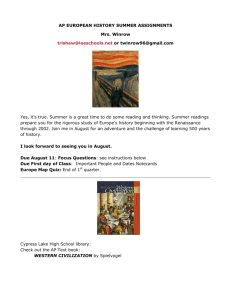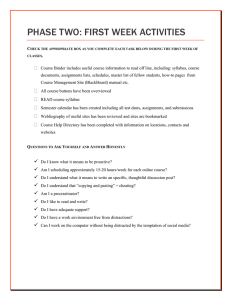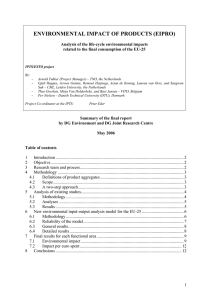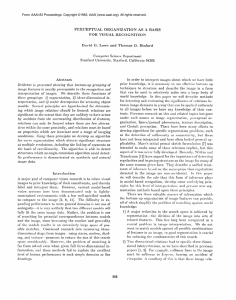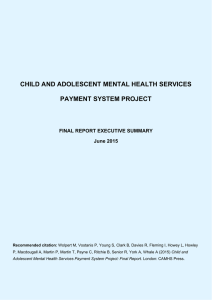EFFECTIVE WRITING ASSIGNMENTS
advertisement
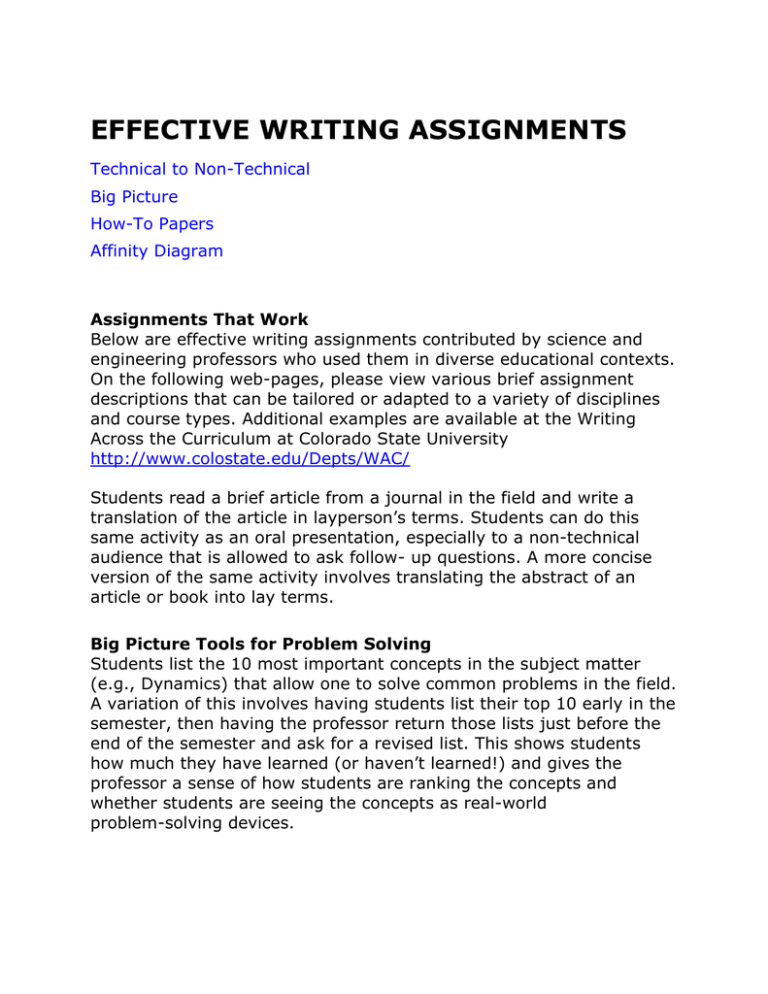
EFFECTIVE WRITING ASSIGNMENTS Technical to Non-Technical Big Picture How-To Papers Affinity Diagram Assignments That Work Below are effective writing assignments contributed by science and engineering professors who used them in diverse educational contexts. On the following web-pages, please view various brief assignment descriptions that can be tailored or adapted to a variety of disciplines and course types. Additional examples are available at the Writing Across the Curriculum at Colorado State University http://www.colostate.edu/Depts/WAC/ Students read a brief article from a journal in the field and write a translation of the article in layperson’s terms. Students can do this same activity as an oral presentation, especially to a non-technical audience that is allowed to ask follow- up questions. A more concise version of the same activity involves translating the abstract of an article or book into lay terms. Big Picture Tools for Problem Solving Students list the 10 most important concepts in the subject matter (e.g., Dynamics) that allow one to solve common problems in the field. A variation of this involves having students list their top 10 early in the semester, then having the professor return those lists just before the end of the semester and ask for a revised list. This shows students how much they have learned (or haven’t learned!) and gives the professor a sense of how students are ranking the concepts and whether students are seeing the concepts as real-world problem-solving devices. How-to Papers Have two groups of students conduct two different experiments. Then, in writing, have them explain how someone who had never done the experiment would conduct it. Then have the writing group remain silent as the other group tries to follow their step-by-step instructions to carry out the experiment. (Be careful in chemistry lab!) Now, switch the groups and have the next group follow the other group’s instructions. Then have both groups rewrite their instructions so they are more reader-friendly. Affinity Diagram Have groups of students brainstorm on their topic and write each idea on a notecard. These ideas should be as concise as possible, avoiding 1 or 2 word responses. Statements should be 5-7 words in length and contain a noun and a verb to avoid ambiguity. Then have students sort the cards looking for ones that are related to each other. They will repeat this process until all the notecards are in groupings. After students have arranged ideas into related groupings, have them create a Header Notecard for each grouping that captures the central idea and ties all of the ideas in the grouping together. The group will then write an essay based on and summarizing the contents of their groupings. The Header Notecards can represent the nuclei of topic sentences for paragraphs or the section headings in longer reports.
